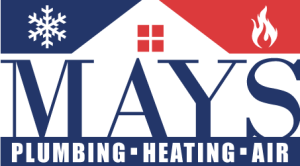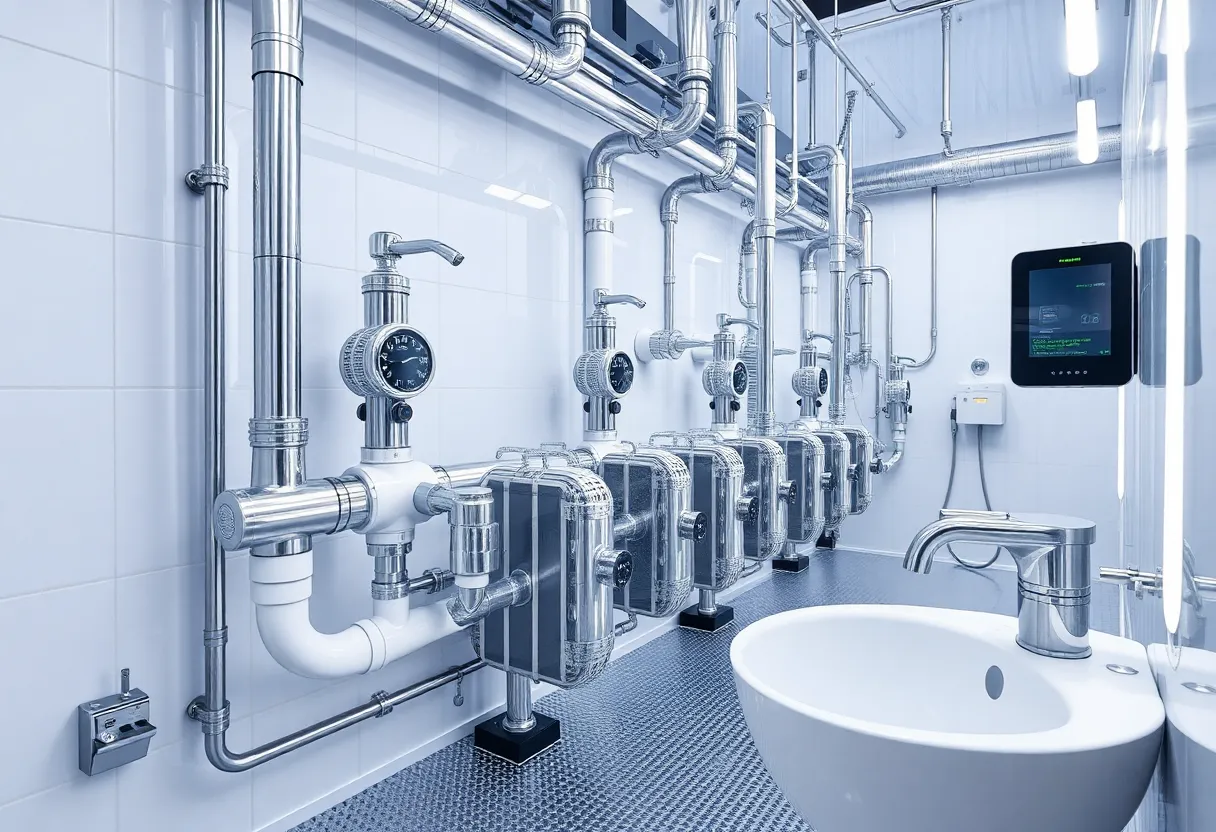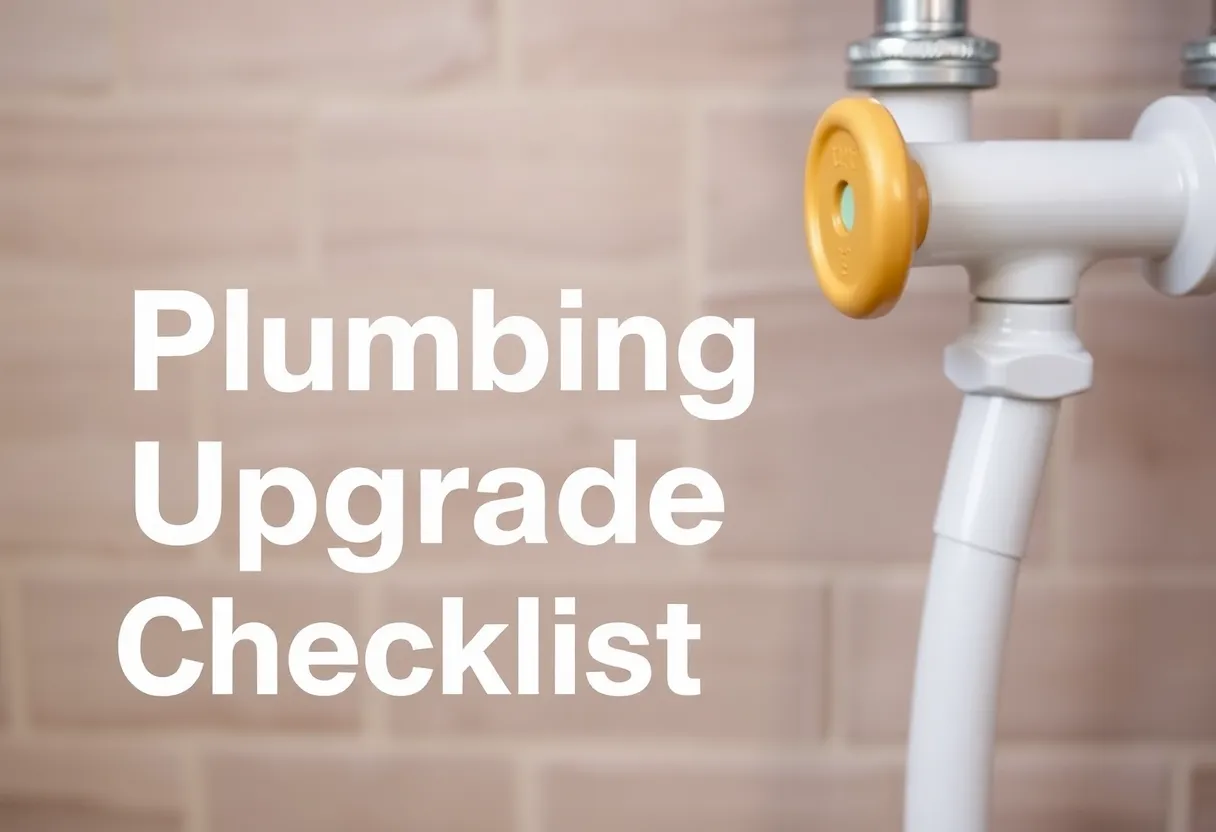Unlocking Efficiency: 7 Smart Plumbing Upgrades to Boost Your Home’s Performance
When it comes to home improvement, the plumbing system often takes a backseat to other renovations. However, making smart upgrades to your plumbing can significantly enhance your home’s efficiency, improve water usage, and ultimately lead to substantial savings on utility bills. In this article, we will explore seven innovative plumbing upgrades that can boost your home’s performance and sprinkle a little magic into your everyday life.
1. Install Low-Flow Fixtures
One of the most effective upgrades you can implement in your home is the installation of low-flow fixtures. These include faucets, showerheads, and toilets designed to use significantly less water without sacrificing performance. Traditional fixtures can use up to 2.5 gallons of water per minute, while low-flow options can reduce this to 1.5 gallons per minute or less.
Benefits of Low-Flow Fixtures
- Decreased water bill: By saving water, you naturally reduce your monthly water costs.
- Environmental impact: Using less water helps to conserve this precious resource.
- Increased comfort: Modern low-flow fixtures often come with improved designs that enhance user experience.
2. Upgrade to Smart Thermostatic Valves
For homes with heated or cooled water systems, installing smart thermostatic valves can be a game-changer. These valves allow precise control of water temperature and flow, optimizing your energy use and preventing waste.
How Smart Thermostatic Valves Work
Smart thermostatic valves can automatically adjust to temperature settings based on your preferences and habits. They can be connected to your smart home system, allowing you to monitor and control water usage from your smartphone or tablet. This can lead to higher energy efficiency and reduced heating costs.
Benefits You Can Expect
- Energy savings: Optimizing water usage leads to lower bills.
- Convenience: Control your plumbing systems remotely.
- Increased comfort: Maintain preferred temperatures consistently.
3. Consider a Tankless Water Heater
Switching from a traditional water heater to a tankless model can vastly improve your home’s energy efficiency. Unlike conventional heaters that maintain a reservoir of heated water, tankless heaters provide hot water on demand.
Advantages of Tankless Water Heaters
- Unlimited hot water: Never run out of hot water again!
- Space-saving: These models are much smaller and can be installed in various locations.
- Longevity: Tankless water heaters typically last longer than traditional tanks.
4. Implement Greywater Recycling Systems
Greywater recycling systems are becoming increasingly popular among eco-conscious homeowners. These systems collect and treat used water from sinks, showers, and washing machines, allowing you to reuse it for irrigation or toilet flushing.
Understanding Greywater Systems
Installing a greywater system can seem overwhelming, but modern systems are designed for easy installation and use. They help reduce the demand for fresh water, making your household much more efficient.
Key Benefits
- Water conservation: Reuse is vital in protecting our water sources.
- Cost savings: Less reliance on city water can lead to reduced water bills.
- Landscape health: Greywater can be beneficial for plants when properly filtered.
5. Replace Old Pipes with PEX
Old piping systems can be a source of numerous plumbing issues, from leaks to corrosion. Upgrading to PEX (cross-linked polyethylene) piping offers a modern solution that is both durable and flexible.
Why PEX?
PEX pipes are less likely to burst during freezing temperatures, require fewer fittings, and can resist corrosion and scale buildup. They are also easier to install, which can save on labor costs if you hire a plumber.
Benefits of PEX Pipes
- Long lifespan: PEX can last for decades without degradation.
- Energy efficiency: Fewer connections mean reduced heat loss in hot water systems.
- Flexibility: Easily navigate the structure of your home during installation.
6. Optimize Your Sewage System
Not all plumbing upgrades need to focus solely on water usage; improving your sewage system is equally important. Consider upgrading to a more efficient septic system or municipal connection if applicable.
Signs You Need an Upgrade
- Slow drains or frequent clogs
- Unpleasant odors around your home
- Pooling water in your yard or around the drain field
Benefits of a Better Sewage System
- Reduced blockages: Enhanced efficiency leads to fewer plumbing issues.
- Environmentally friendly: Better sewage management helps protect local ecosystems.
- Increased home value: A modern sewage system can make your home more appealing to buyers.
7. Consult with A Plumbing Professional
Finally, while DIY projects can be tempting, consulting with a plumbing professional can ensure that your upgrades are completed safely and effectively. Professionals can provide valuable insights on which upgrades are best suited for your home’s specific needs.
Benefits of Professional Consultation
- Guaranteed results: Professionals have the experience and tools to ensure your installations are done correctly.
- Time-saving: Save your weekends and let the experts do the work.
- Long-term peace of mind: Enjoy knowing that your plumbing upgrades are done right.
Conclusion
Upgrading your plumbing system can seem daunting, but the benefits can be substantial. From increased efficiency to reduced water bills and enhanced home value, these seven plumbing upgrades can transform your home into a more sustainable and efficient space. Implementing these changes will not only enhance your home’s performance but also contribute positively to the environment. As you consider these options, remember that consulting a professional can provide additional guidance tailored to your specific needs.
Taking steps toward improving your plumbing might just be the smart investment you need to make today. By opting for modern solutions and thinking critically about your plumbing infrastructure, you can pave the way to a more efficient and enjoyable living experience.












